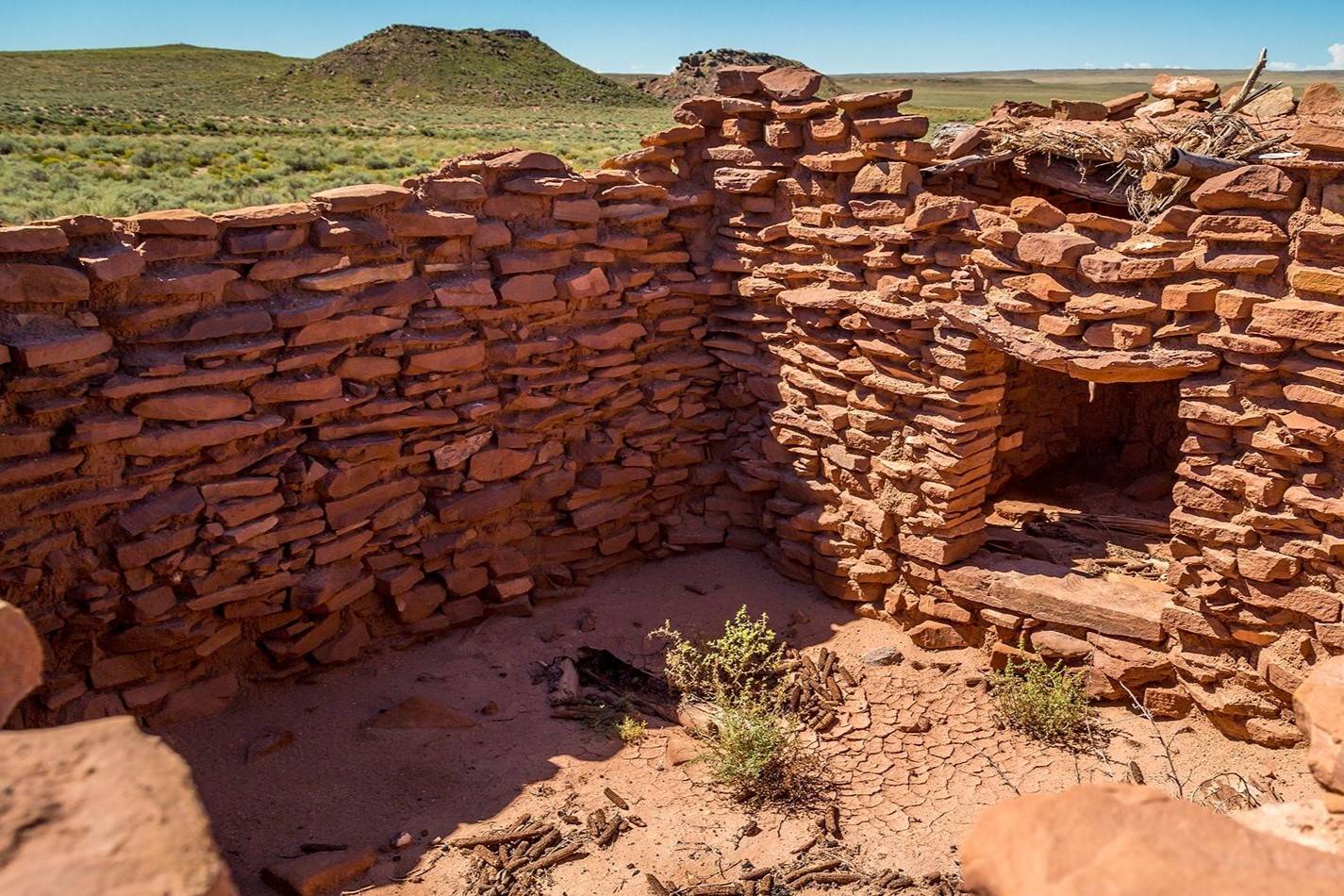Ancient Hopi Villages: Unearth Homolovi’s Mysteries

Have you ever wondered what life was like for the ancient Hopi people? Homolovi State Park in Arizona offers a glimpse into their world. This park, located near Winslow, is home to several ancient villages that date back to the 14th century. Visitors can explore the ruins, see ancient pottery, and even walk the same paths the Hopi once did. The park also features a visitor center with exhibits that explain the history and culture of the Hopi. Whether you're a history buff or just looking for a unique adventure, Homolovi State Park has something for everyone. Come and experience the rich history of the Hopi people!
Discovering Homolovi State Park
Homolovi State Park in Arizona offers a fascinating glimpse into the ancient Hopi civilization. This park, rich in history and culture, features several ancient villages that tell stories of the past. Let's explore some of the most intriguing sites within Homolovi.
Homolovi I
Homolovi I, one of the largest villages in the park, dates back to the 14th century. This site showcases the impressive architecture and community planning of the Hopi people.
- Great Kiva: A large ceremonial structure used for religious and social gatherings. Its size and design reflect the importance of community in Hopi culture.
- Stone Walls: The remains of multi-room stone buildings that housed numerous families. These walls provide insight into the daily lives of the ancient inhabitants.
- Petroglyphs: Rock carvings depicting animals, humans, and symbols. These petroglyphs offer a glimpse into the spiritual and artistic expressions of the Hopi.
Homolovi II
Homolovi II, another significant village, offers a deeper understanding of the Hopi's agricultural practices and trade networks. This site is known for its well-preserved artifacts.
- Pottery Shards: Fragments of beautifully decorated pottery that reveal the Hopi's craftsmanship and trade connections with neighboring tribes.
- Irrigation Canals: Evidence of advanced irrigation techniques used to support agriculture in the arid environment. These canals highlight the ingenuity of the Hopi farmers.
- Burial Sites: Graves that provide information about the burial customs and beliefs of the Hopi people. These sites are treated with great respect and care.
Homolovi III
Homolovi III, though smaller, holds unique features that set it apart from other villages. This site offers a more intimate look at Hopi life.
- Pit Houses: Semi-subterranean homes that provided shelter and insulation. These structures demonstrate the adaptability of the Hopi to their environment.
- Storage Pits: Underground pits used for storing food and other essentials. These pits indicate the importance of resource management and planning.
- Trade Artifacts: Items such as shells and turquoise that were traded with distant tribes. These artifacts show the extensive trade networks of the Hopi.
Homolovi IV
Homolovi IV, the smallest of the villages, offers a unique perspective on the early stages of Hopi settlement in the area. This site is less developed but equally fascinating.
- Early Dwellings: Simple structures that mark the initial phase of settlement. These dwellings provide clues about the migration and settlement patterns of the Hopi.
- Agricultural Fields: Remnants of early farming efforts. These fields show the beginnings of agricultural development in the region.
- Cultural Artifacts: Tools and everyday items that give insight into the daily lives of the early Hopi settlers. These artifacts help paint a picture of life in the early village.
Homolovi V
Homolovi V, a lesser-known site, offers a peaceful and less crowded experience. This village provides a serene setting to reflect on the history and culture of the Hopi.
- Rock Shelters: Natural formations used for shelter and storage. These shelters highlight the resourcefulness of the Hopi in utilizing their environment.
- Hunting Grounds: Areas where evidence of hunting activities has been found. These grounds show the importance of hunting in the Hopi diet and culture.
- Ceremonial Sites: Locations used for religious and cultural ceremonies. These sites underscore the spiritual significance of the land to the Hopi people.
Final Glimpse of Homolovi
Homolovi State Park offers a unique peek into ancient Hopi culture. The archaeological sites and petroglyphs tell stories of a time long past. Walking through these ruins, you can almost hear the whispers of history. The visitor center provides valuable insights, making the experience even richer.
Don't miss the chance to explore the trails that wind through the park. They offer stunning views and a sense of connection to the land. Whether you're a history buff or just love the outdoors, Homolovi has something special.
Plan your visit soon. The ancient villages and artifacts await your discovery. Homolovi isn't just a destination; it's a journey through time. So pack your bags, grab your camera, and get ready to step back into history. Homolovi is calling!

